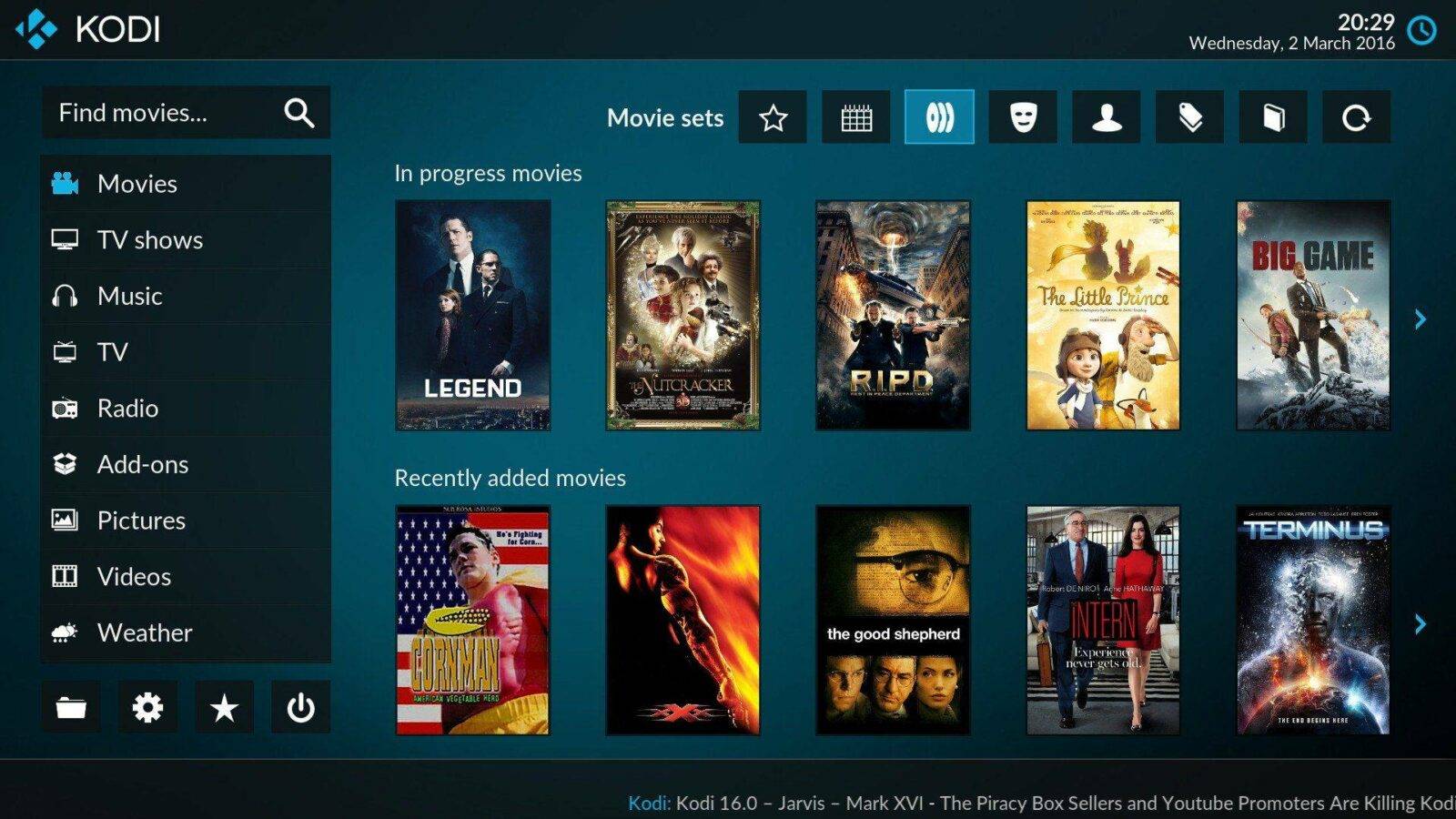Picture the scene - you're in bed, slowly drifting closer to restful bliss, when suddenly…
BLIP. WHIRRRRR. WHOOOOOSH. CLICK.
Why?
Your significant other is listening to their favourite album in the kitchen. Your MP3 collection is centrally stored on your PC's external hard drive. Really convenient to have all your media accessible from any room. But when your PC wakes from its own slumber, the power supply, CPU and graphics card fans (at least, some will have multiple case fans adjusting to increased temperatures) will all ramp up and snatch that sleepiness from underneath you.
There is a solution, and given the site this is being published on, it is probably no surprise that it involves a DroiX device! We'll concentrate on our range of Android powered Kodi TV boxes in this series of posts, but it applies equally to our handheld console as it also Android based. Alternatives exist for our Windows 10 powered mini PCs, leave a comment below if equivalent posts would interest you and we'll put some together.
One possibility would be to move your desktop PC into another room, where should it need to wake up, it won't do the same to you. However, you've then lost the planned location of your computer, and that is a fair amount of re-wiring to do.
You could also invest in a new low-noise/silent PC set up, perhaps "just" a new CPU fan with slow & large blades, perhaps some sound deadening material on the interior of the PC case, maybe a 12V>7V adapter for the case fans, swapping from conventional spinning hard drives to silent SSD drives. The costs will end up quite high.
Instead, why not use the DroiX you already have? Whatever the task you give it, you'll not have noise to contend with, and unless you sleep in your living room, any hard drives connected to it can chirp away happily without breaking your somnolence! You'll also find your electricity bills will likely be slightly lower, as desktop PCs draw a lot more power than a DroiX normally.
We've already covered one method of sharing media over your home network - Samba / SMB, over at https://droix.net/blogs/network-sharing-local-storage-for-kodi-and-dbmc . Using your DroiX as a NAS effectively reduces power consumption for your household and means you don't need to worry about Windows Updates or other system processes native to Microsoft from disrupting your enjoyment.
If you already share documents and other files over your home network, this approach may be the easiest. However, if you would like a more media-orientated solution, UPnP or DLNA may be of interest to you. We will soon have more posts covering these approaches.
The UPnP post can be found at https://droix.net/blogs/upnp-serving-your-media-throughout-your-home .










